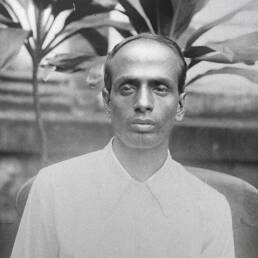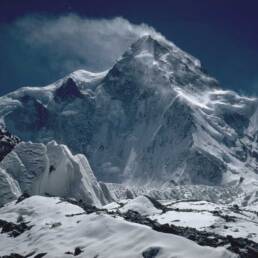In the City of Joy, where destinies entwined, a cinematic masterpiece emerged. Martin Scorsese, captivated at age nine, ranks it among the two best color films ever. Shot entirely in India, this untold behind-the-lens tale unveils a bond of friendship and a cinematic odyssey.
Jean Renoir, the legendary French auteur, was then struggling in Hollywood. He read Rumer Godden’s autobiographical novel, The River, set in India, where she spent a large part of her life. Renoir wanted an escape from Hollywood and this was the perfect story for his project.
But Renoir couldn’t find a producer for the film. He later attributed the lack of interest in the project to it not being “loaded with elephants, tigers, Bengal lancers with fancy turbans” in line with typical India-focused Hollywood films.
He had almost given up when he met a Beverly Hills florist and real estate agent – Kenneth McEldowney who shared a similar interest in Godden’s novel. He agreed to finance the movie by selling his home and his flower shops.
In 1949, McEldowney sent Renoir to Calcutta for a location recce. Although Renoir’s Calcutta trip wasn’t publicized, a young lad got to know and desperately yearned to meet him. His perseverance paid off when he got an appointment to meet the master in his hotel room.
This young lad was seriously thinking of film journalism as a career option then. He wrote an article based on his talk with Renoir which was published in the English magazine, Sequence. He ended up spending a lot more time with Renoir on that trip and they became friends.
The young lad was engrossed with the way Renoir was searching for locations and his style of work. He realized that cinema is first a pictorial medium. He later decided to pursue filmmaking. That young lad was none other than Satyajit Ray.
Ray even questioned the lack of lead Indian characters in the script and Renoir took it seriously. He and Godden then rewrote the script to include a few Indians in the story.
Money was tight and no big Hollywood star agreed to spend five months in India for a pittance. The role was turned down by, among others, Marlon Brando, James Mason, Sam Wanamaker, Glenn Ford and Van Heflin. Renoir had to cast several unknown actors and amateurs in the film.
McEldowney proved to be less than an honest producer but despite the frustration, including the almost insurmountable technical challenges involved in making the first Technicolor film in India, Renoir went ahead with the collaboration.
Subrata Mitra worked in the film as a production assistant. He also played sitar in some of the background music. He recalled that on the set of The River, he met Banshi Chandragupta, the art director assisting Eugene Lourie, who was in charge of production design.
Mitra would also take still photos during the shoot and share them with Ray who turned up at the locations to watch the film shoots on the weekends. One day, Ray told him, “Ýou have the perfect eye now.”
The River opened the eyes of the world to what was a hitherto cinematically unexplored territory in Asia. Set along the River Ganges, it is a coming of age story of three young girls, who experience adolescent love.
Claude Renoir’s Technicolor mastery enhanced the movie’s artistic brilliance. The colors in The River bear mythical Bengali significance and everything is used for a purpose. Renoir left an indelible impression on Mitra.
Jean Renoir paved the way for Indian directors to portray their culture and captivated European filmmakers with India’s allure. A remarkable independent production by one of the most enduring names in cinema’s history.
Wes Anderson went on record saying that The River influenced his decision to make The Darjeeling Limited in India in 2007, after Scorsese showed him the film.
During the making of The River, Ray, Mirtra and Chandragupta became friends. They discovered the Bengal landscape, the rural reality which was unfamiliar to all three of them. Ray went to London and came back determined to make a film. The rest, as we all know, is history.
Sources:
- Ray, Satyajit. 1976. Our Films, Their Films. New Delhi, Orient Longman.
- The River | (classiq.me)
- The River: A New Authenticity | Current | The Criterion Collection
- Out of the Vaults: Renoir’s “The River”, 1951 (film-foundation.org)
Videos and Images:
- @YouTube
- @WikiCommons
- Upperstall – A Better View of Cinema – Upperstall.com
- The Coming of Age Splendor of the Jean Renoir’s The River (filmschoolrejects.com)




